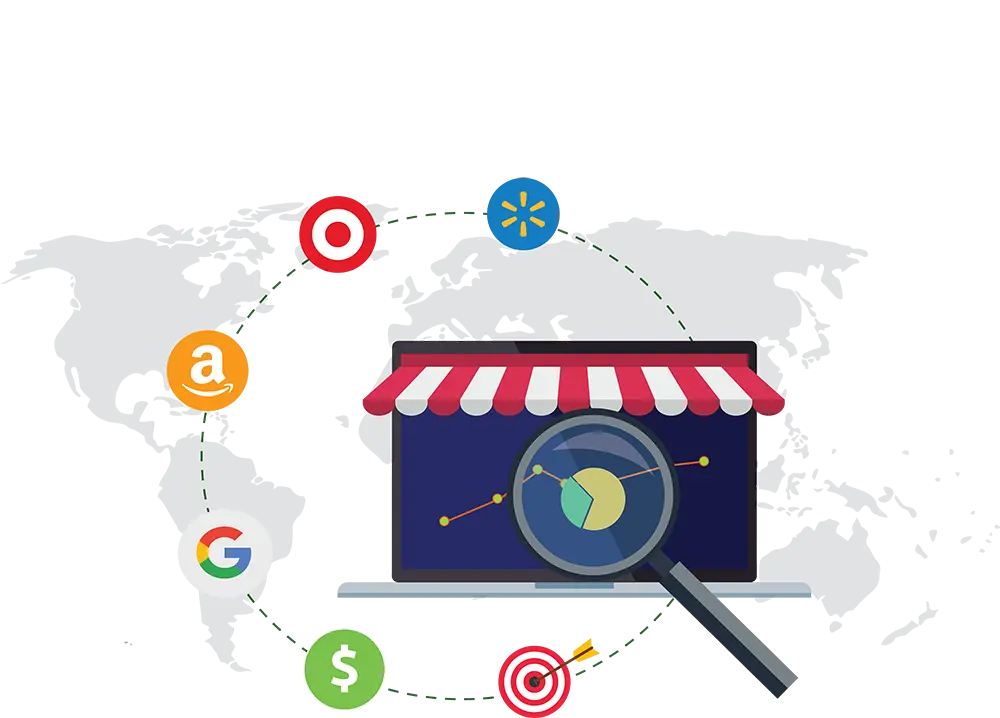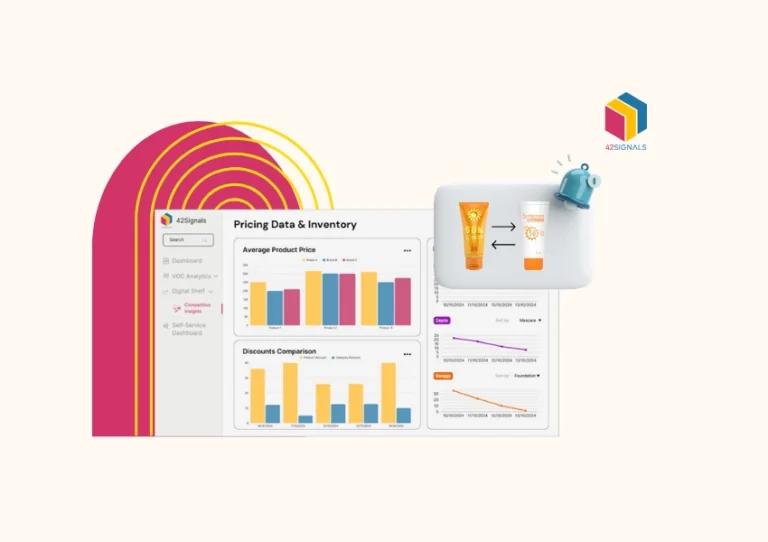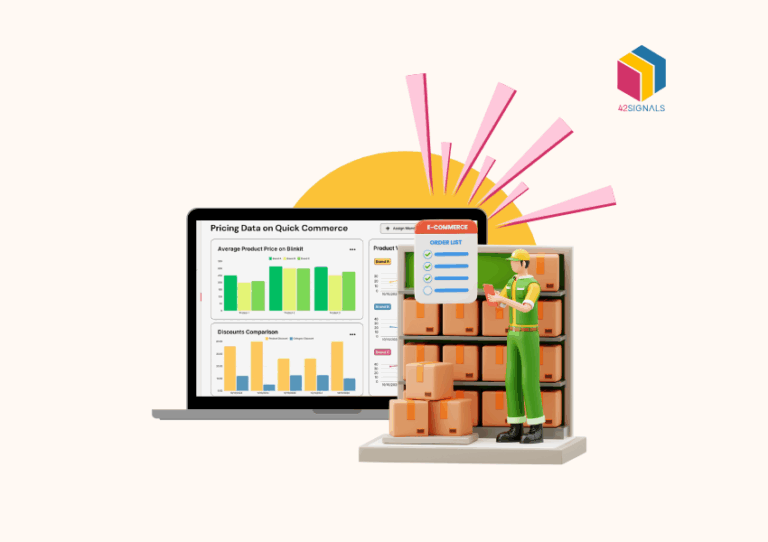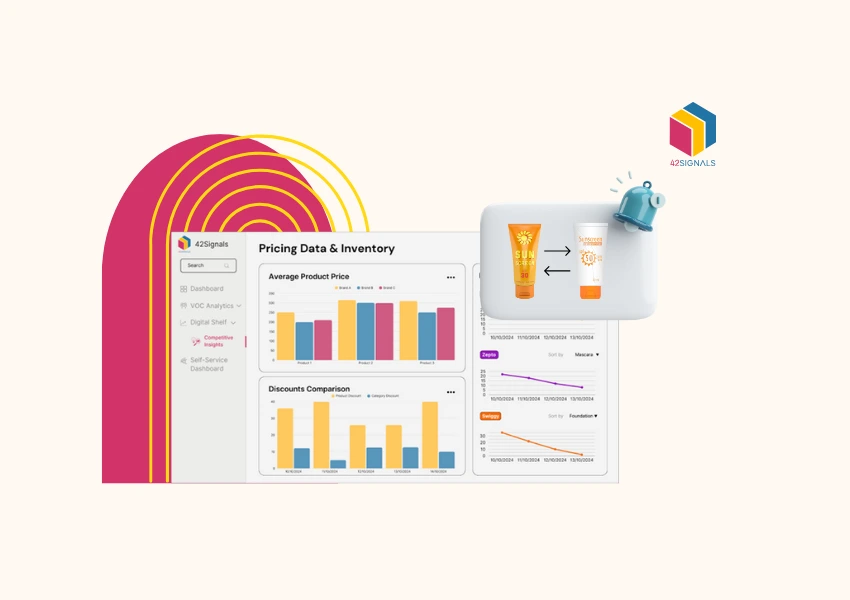If you’re an ecommerce or brand owner, you know that keeping your products in stock is key to driving sales and revenue. But what happens when your products go out of stock? You may lose sales, customers, and even your ranking in search results. That’s where stock availability analytics for inventory management come in – by providing insights into stock levels and sales trends.

This data can help you optimize your inventory ensuring that sales never take a beating due to insufficient products.
Let’s take a look at some statistics:
- In 2020, out-of-stock items cost retailers an estimated $1.14 trillion in lost sales.
- 75% of shoppers have abandoned a purchase due to out-of-stock items.
- On average, out-of-stock items lead to a 65% drop in sales for ecommerce businesses.
What is Stock Availability Analytics?
It is the process of analyzing data related to inventory levels and sales trends to help businesses optimize their stock levels. By using data analytics tools, e-commerce businesses can gain insights into which products are selling well, which products are not selling as well, and how much inventory they need to keep on hand to meet customer demand.
This information can help businesses make better decisions on inventory management and improve their overall performance.
The Importance of Stock Availability Analytics in E-Commerce
- Stock availability is critical in e-commerce because it impacts sales and revenue
- Out-of-stock products lead to lost sales and revenue
- Proper inventory management drives sales and revenue growth
- Consistent stock availability helps build customer loyalty
- Managing stock availability is challenging for growing e-commerce businesses
- It’s difficult to know how much stock to order, when to order it, and how much to keep on hand
How Stock Availability Analytics Can Drive Your E-Commerce Business Forward
Here are some of the key drivers that can help inventory management:
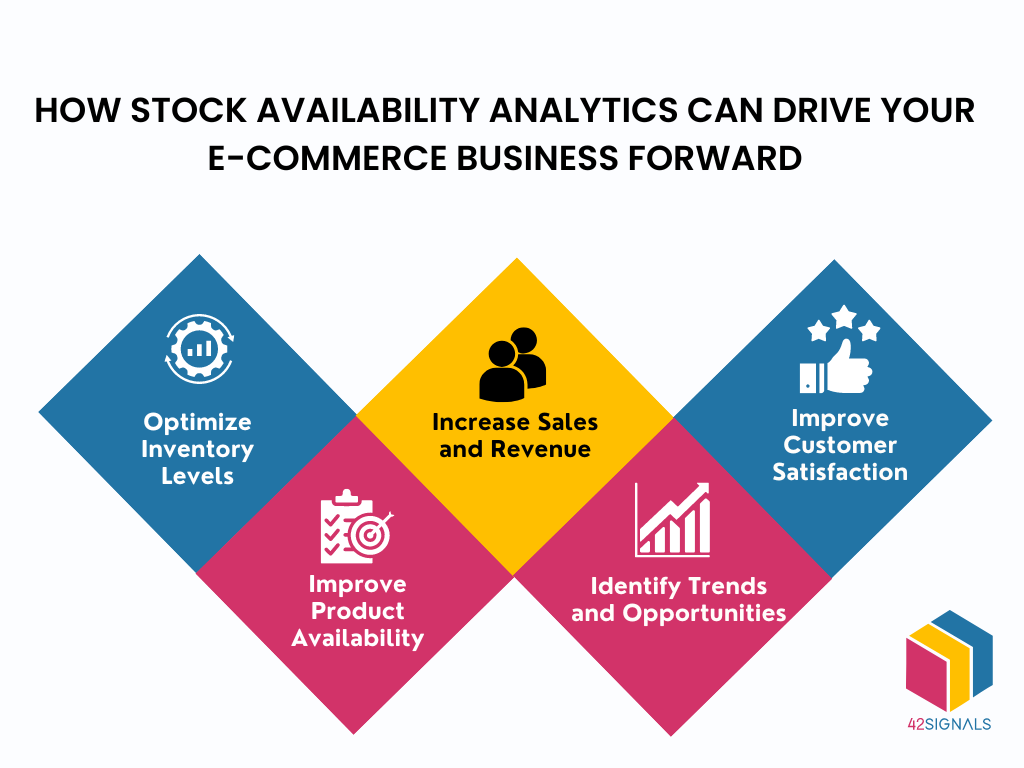
Optimize Inventory Levels
By using stock analytics, e-commerce businesses can optimize their inventory levels to ensure that they have enough stock on hand to meet customer demand. It also prevents overstocking, which can drive up unnecessary expenses. Sound inventory management prevents stockouts, improves customer satisfaction, and drives sales.
Improve Product Availability
When products are consistently in stock, it has a huge impact on customer loyalty. Knowing that a product will always be available to purchase is a great motivator for consumers prone to impulse purchases.
Increase Sales and Revenue
The above two points naturally lead to more sales and conversions. It’s mainly due to a consistently pleasant experience for shoppers as businesses have enough stock on hand to meet customer demand and avoid lost sales.
Identify Trends and Opportunities
With proper inventory management and analysis of sales trends, e-commerce businesses can identify growth opportunities. This can help brands make better decisions about which products to stock, which products to promote, and which products to phase out.
Improve Customer Satisfaction
All the above points finally lead to improved customer satisfaction. With the right inventory management and a tool providing stock analytics, brands have enough products in stock to meet customer demand. No more unhappy customers.
In conclusion, inventory analytics can be a game-changer for e-commerce businesses, driving sales, reducing costs, and enhancing customer satisfaction. By leveraging data to optimize your stock levels, you can ensure that you always have the products your customers want in stock, while also improving your overall supply chain efficiency. And with tools like 42Signals, implementing stock analytics is easier than ever.
Frequently Asked Questions on Stock Availability Analytics
How do you measure stock availability?
Stock availability is measured by assessing whether the inventory levels are sufficient to meet customer demand. This can be done through various inventory metrics such as service levels, which indicate if an item was in stock when requested for delivery1. Additionally, inventory turnover ratios and gross margin return on inventory investment (GMROII) are used to gauge inventory performance.
How do you ensure stock availability?
Ensuring stock availability involves a combination of accurate demand forecasting, efficient inventory management practices, and responsive replenishment strategies.
Implementing robust inventory management systems can provide real-time visibility into stock levels, helping to avoid stockouts and keep inventory carrying costs low.
What is the stock availability index?
While the term “stock availability index” isn’t commonly defined in the context of inventory management, it could refer to a metric or set of metrics that track the availability of stock against customer demand. It would represent the balance between stock levels and customer demand, ensuring goods are available when needed5. However, this term might be confused with stock market indices, which are different as they measure the performance of a selection of stocks to represent a particular market segment or the market as a whole.
What data do you analyze to ensure the availability of stock?
To ensure the availability of stock, analyze historical sales data, seasonality, product life cycles, market trends, supplier lead times, production capacity, distribution networks, customer behavior, and economic indicators. By examining these factors, you can accurately forecast demand and adjust inventory levels to meet customer needs.
